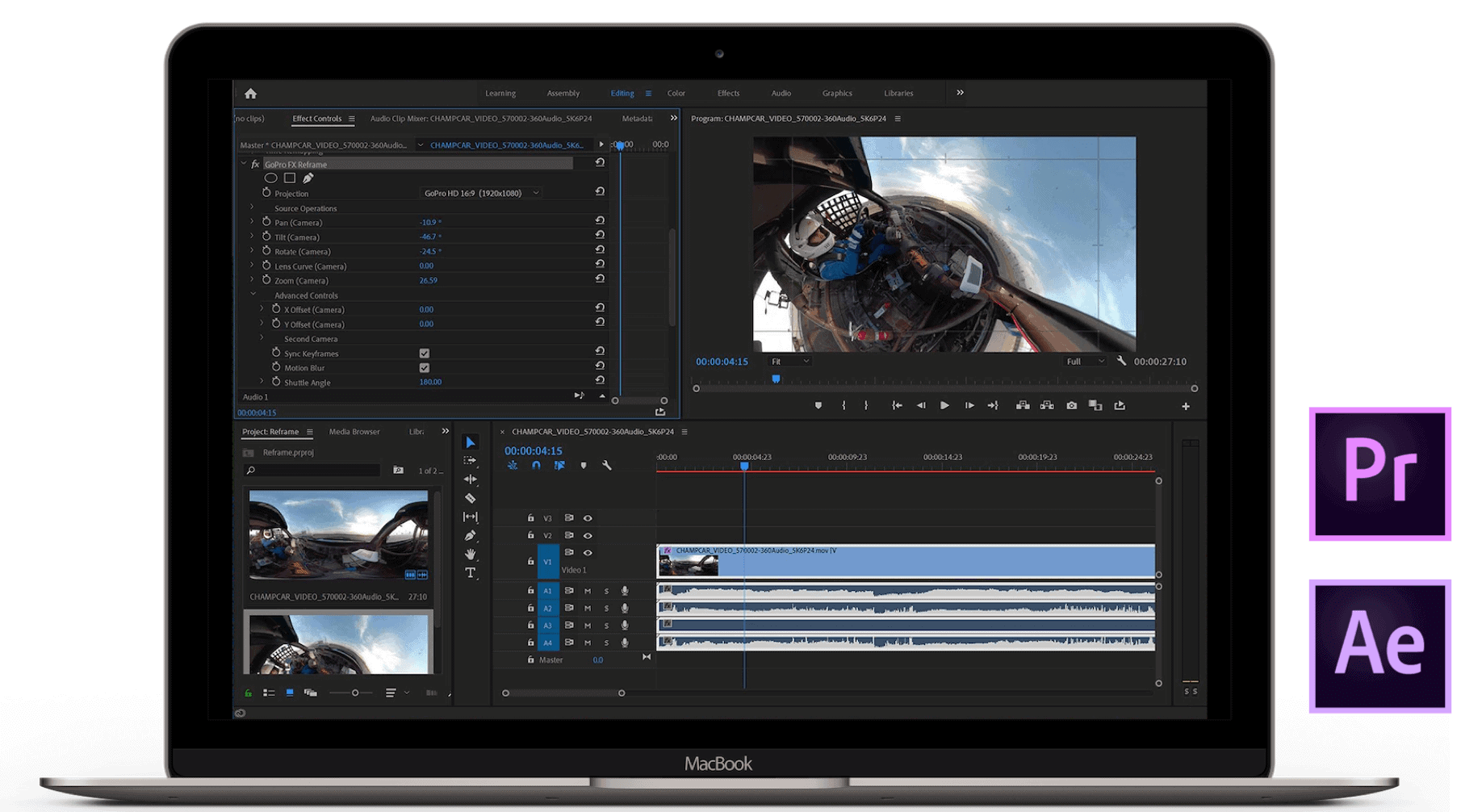
Preparing For Animated Video Production
Before you make animated video, make sure it look professional. A good animated video production team will have experience in all these areas. You’ll need the best sound mixers, artists and engineers to handle the audio. And you’ll need a team of artists to create the visual effects. You can choose to have the coloring done before or after the VFX. Editors can help you with the titles, credits and graphics. A good animated video production team will have experience in all these areas.
Pre-visualization
While many people believe that pre-visualization is a waste of time, this is not always true. It is an important part of the production process that saves both time and money. By visualizing the final production before it is shot, the team can ensure that everything is working out as it should. In addition, pre-visualization allows the team to see exactly what the end product will look like and what the audience will expect.
When pre-visualizing an animated video production, a filmmaker can use tools such as a motion capture suit, concept art, and various animation programs. They save both time and money by saving the filmmakers the hassle of recreating the footage in real time. Different departments in an animation project use pre-visualization to make sure they stay on schedule and budget.
Before the advent of desktop computers, pre-visualization was rare and crude. Filmmakers at Industrial Light and Magic used toy action figures and lipstick cameras to film a miniature version of a sequence from the Return of the Jedi movie. This allowed producers to see how the sequence would look before it went into full-scale production. These tools have helped many companies produce more appealing, realistic-looking content for their audiences.
In Conclusion
Pre-visualization is an essential part of the animation process. While a film’s cost is rarely exactly what the filmmakers envision, pre-visualization can help save both time and money by helping them avoid mistakes during the shoot. A pre-visualization will help the filmmaker avoid these mistakes and ensure that the film turns out the way they intended.
Storyboards
Before starting any animation project, storyboards are an essential tool. These sketches can span multiple pages and provide a clear visual representation of the overall concept. Each thumbnail should include notes that clarify the content of each scene and provide production details. For example, they may include the character’s name, voice-over, and action. Then, the storyboard should include notes for voice-overs and text. It is vital to keep a narrative structure.
Storyboards give the director and production team a visual idea of what the finished video will look like. They can incorporate customer input and make changes as needed. This process can also help detect any problems in advance. Experienced video production teams know that critical mistakes are made in the storyboarding phase, so it is imperative to make sure the storyboard is detailed enough to effectively communicate the intended message to everyone involved.
Benefits of Storyboards
A storyboard should be like a comic book, with sufficient detail to describe the plot. It should show characters in a scene and the overall framing. A storyboard should also include camera angles, movement, transitions between shots, and other specifics. Having a storyboard is especially helpful in complex projects involving many stakeholders. When creating a storyboard, it is important to note any necessary changes to the script.
Another benefit of storyboards is that it allows you to see potential problems early and prevents costly revisions. When a storyboard is done properly, it unites the production team and the client, and it can help prevent any surprises on set or in the editing room. It forces all parties to look at the entire video project from many perspectives, so that they can make decisions and predict costs in advance. So, make sure you have a storyboard for your animated video project before the production process begins.
Character effects
There are two types of character effects in animated video production. These characters are created by combining realistic and cartoon character models. Stylized characters, which are drawn to resemble real customers, can be a good choice for explainer videos and are suitable for various business segments, entertainment, government, and other settings where the story is important. Stick figures, on the other hand, are more suitable for videos in which the audience may not be clearly defined.
Animated character animation evoke a strong emotion in the audience. It can make scary topics approachable for young people. For example, animated characters in health-related content such as medical education videos can help young people better understand how to cope with a disease. Aside from enhancing the impact of the animation, the video may also help make a sales pitch more effective. Character animation has also outgrown its cartoonish roots. The goal of a successful animated video is to establish a connection with the audience.
Two Types of Character Animation
There are two main types of character animation: frame-by-frame and Detailed Character animation. Frame-by-frame animation is a more detailed method that uses multiple poses to create an animated character. While Detailed Character Animation can be effective for some types of animated video productions, it is best used for complex scenarios. This technique can help create the same feeling in an animated video as a traditional film. So, how do you decide which technique to use?
Color grading
There is a difference between color grading and coloring a scene in a movie. While color grading can enhance the overall look of a scene, it should never overpower the scene. Without the proper use of colors, a scene can still convey its intended message and stir the desired emotions. But too much grading can ruin the mood and kill the essence of a scene. In this case, you should opt for color grading.
The earliest techniques of color grading were done with telecine monitors. In contrast, modern color grading is performed by non-linear timelines that do not apply viewing transforms to the images. Most systems utilize high-speed RAID arrays to facilitate high-quality color correction. A colorist may also use the telecine monitor to achieve the final look of an animation.
The process of color grading is an important aspect of animation. When done correctly, it can add drama, mystery, or dread to an animated video. As with any process of animation, a quality color grade can enhance the story and add to the overall look of the animation. It is important to note that color grading is subjective, and it can be both pleasing and upsetting to viewers.
Generally, animation produces large numbers of mattes to isolate individual characters and features for fine corrections. A single animated video can have as many as 30 mattes. Mattes allow the colorist to differentiate foreground and background elements while rebalancing lighting. Additionally, using mattes helps ensure the continuity of the shot and saves time on multiple render iterations. Achieving consistency with the colours and contrasts of different shots can help the overall look of an animation.
Post-production
The process of post-production for animated video production begins with the concept artist. The concept artist creates pre-visualizations of key elements such as the storyline, target audience, and the core message. They also write the script and storyboards, select talent, and scout locations. After creating these concepts, concept artists create storyboards for the production. They also use scriptwriting and storyboarding software such as After Effects and Photoshop.
Pre-production for animated video production begins with brainstorming an idea, writing a script, creating storyboards, and casting the actors. The filming process involves the recording of audio and visual materials. Afterward, post-production combines these bits and pieces to create a polished, beautifully packaged product. Animated videos often require extensive post-production to bring out the full potential of their characters.
The post production process includes the editing, polishing, and sound effects. Many professionals work together to add soundtracks and sound effects. For a feature-length film, this post-production process may take 10 days. Depending on the budget, the amount of post-production time needed, and the size of the production, color grading is a critical step.
The Final Stages
The final stages of the process are crucial to the quality of the finished product. Character animators create the characters, as well as the environment and interactions between characters and objects. They also work on colors and backgrounds. The final product is rendered in a computer program using 3D primitives. Animators use the computer software Autodesk Maya to create the characters.





